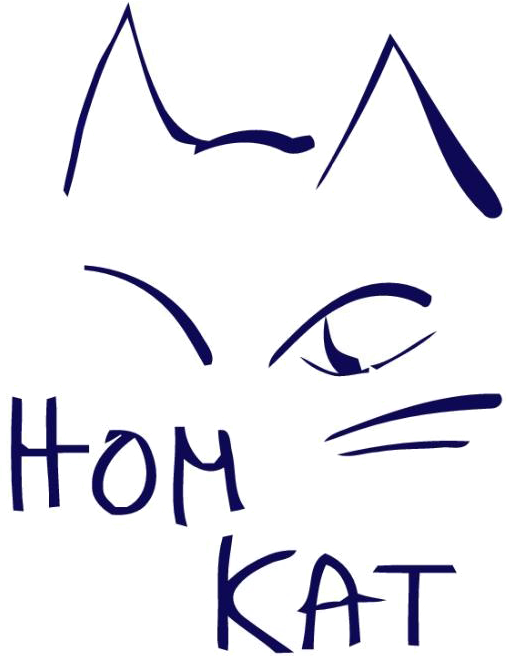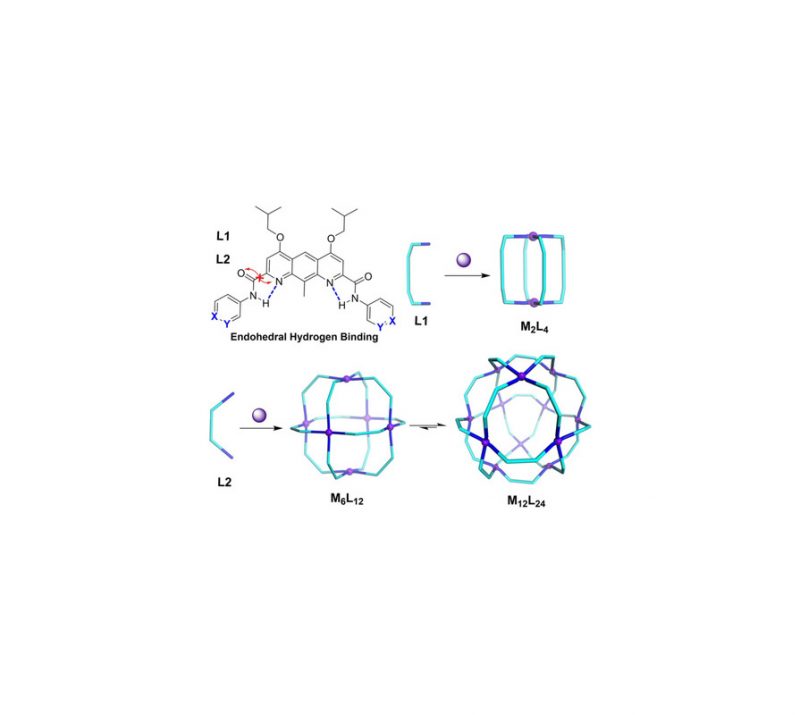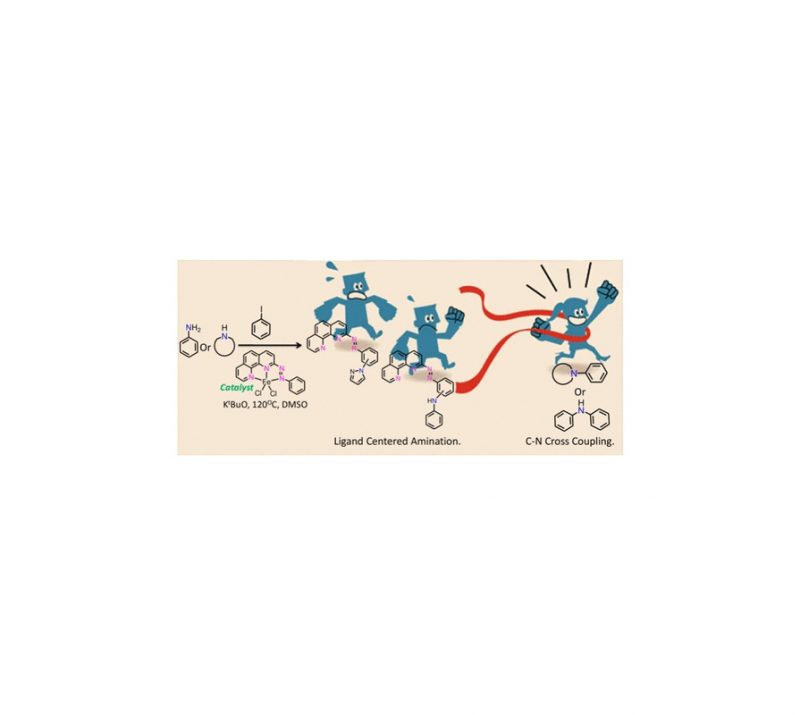Lukas A. Wolzak, Felix J. de Zwart, Jean-Pierre H. Oudsen, Stuart A. Bartlett, Bas de Bruin, Joost N.H. Reek, Moniek Tromp, and Ties J. Korstanje
ChemRxiv, 2022, 1-7
DOI: 10.26434/chemrxiv-2022-k12lw
Abstract
Nickel-catalyzed cross-coupling reactions have become a powerful methodology to construct C–heteroatom bonds. How-ever, many protocols suffer from competitive off-cycle reaction pathways and require non-equimolar amounts of cou-pling partners to suppress them. Here, we report on mechanistic examination of carboxylate O-arylation under thermal conditions, in both the presence and absence of an exogeneous bipyridine-ligand. Furthermore, spectroscopic studies of the novel ligand-free carboxylate O-arylation reaction unveiled the resting state of the nickel catalyst, the crucial role of the alkylamine base and the formation of a catalytically relevant NiI–NiII dimer upon reduction. This study provides in-sights into the competition between productive catalysis and deleterious pathways (comproportionation and pro-todehalogenation) that exist for all elementary steps in the commonly proposed self-sustained NiI/NiIII catalytic cycle. Thereby we show that for productive nickel-catalyzed carboxylate O-arylation a choice must be made between either mild conditions or equimolar ratios of substrates.



